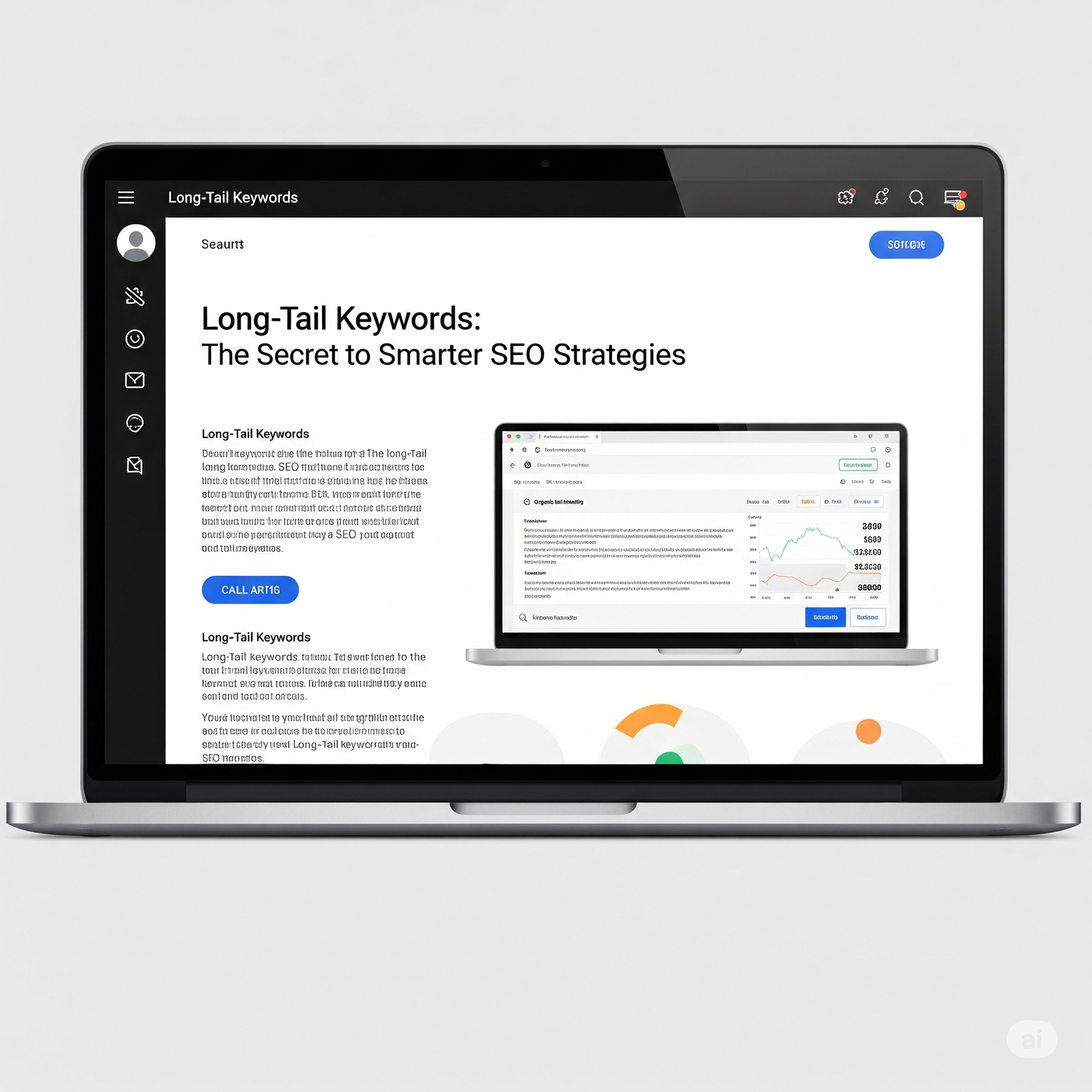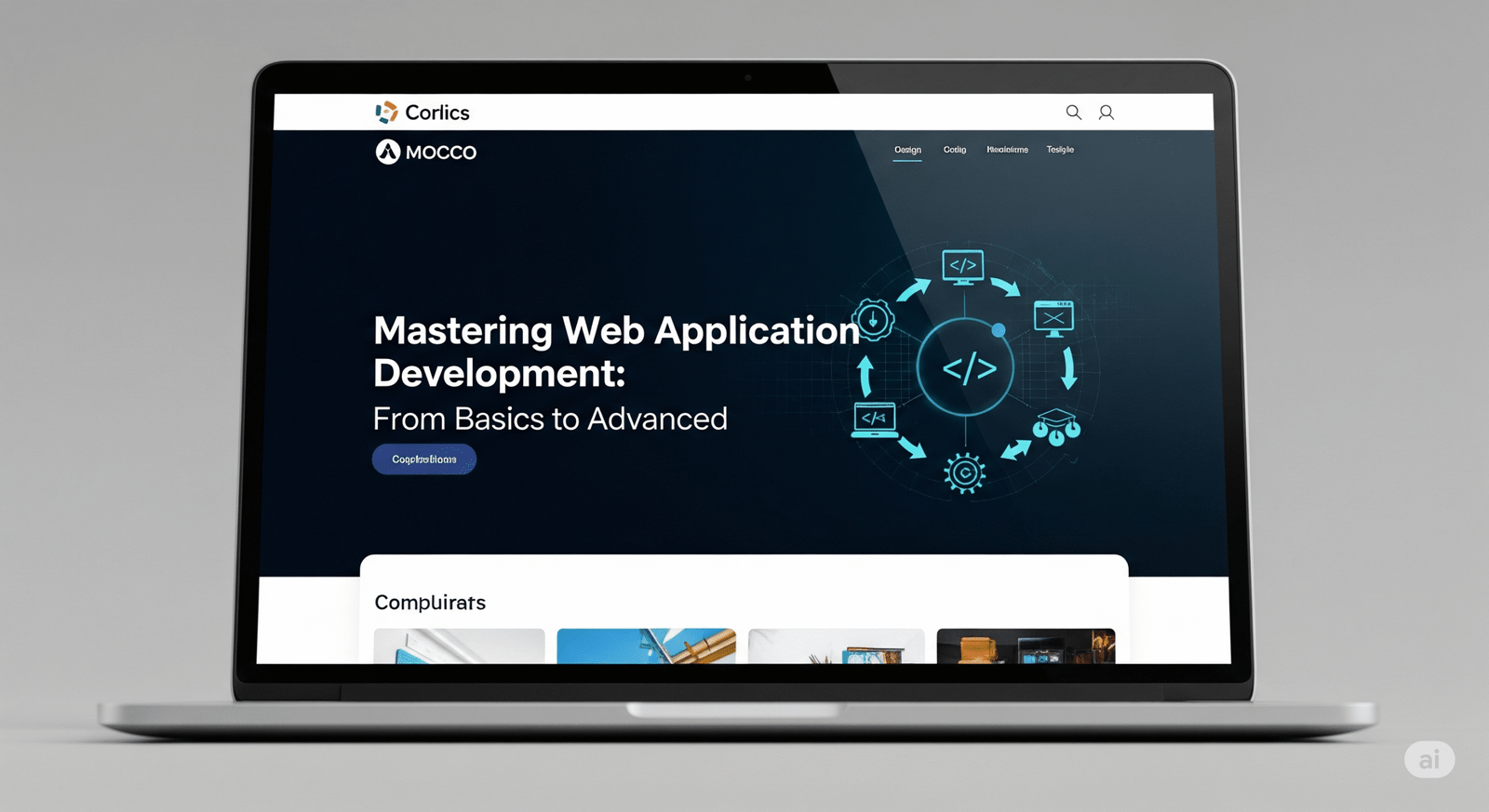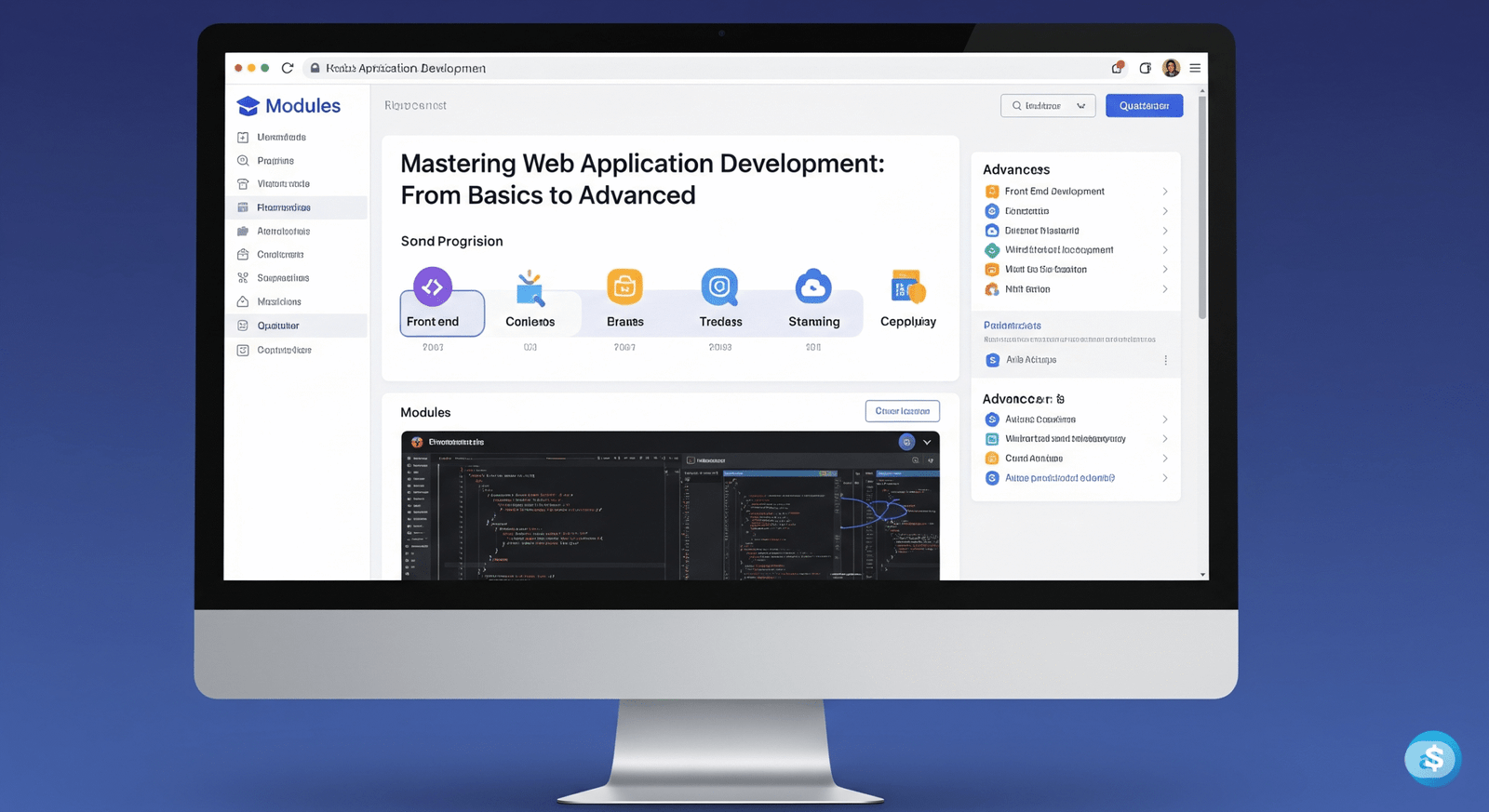Author: komal kadam
-

-

Long-Tail Keywords: The Secret to Smarter SEO Strategies
In today’s competitive digital environment, ranking high on search engines requires more than just targeting high-volume keywords. Instead, smart marketers are turning to a more effective and focused approach: long-tail keywords. These specific search phrases can bring in more qualified traffic, improve conversion rates, and make your SEO strategy far more efficient. In this blog,…
-

Mastering Web Application Development: From Basics to Advanced
Introduction: Web development is very important in today’s digitally transformed world in determining how we communicate, work, learn, and conduct business online. From straightforward personal blogs to sophisticated e-commerce sites and web applications, all rest on the capability of strong and scalable web technologies. This blog is aimed at beginners, intermediate developers, and senior developers…
-

The Complete Guide to Building Modern Web Applications
I. Introduction Frontend development is the process of creating the visual and interactive components of a website or web application that the user interacts with directly. It encompasses anything from layout and design to animations and performance tuning. For the modern digital-first era, frontend development is crucial in determining user satisfaction and product success. A clean, responsive, and accessible user interface can markedly enhance engagement and retention. In this guide, we’ll walk you through the fundamental technologies, tools, and best practices employed in today’s frontend development to enable you to create high-performing web applications from the ground up.…
-

Introduction to Web Application Development: What Beginners Need to Know
Introduction: In a digital-first world — from opening up your email and watching videos to banking or working with teams online. If you have ever used Gmail, Netflix, or Trello, then you have seen a web application in action. This blog will walk you through what web application development is, how it functions, and how…
